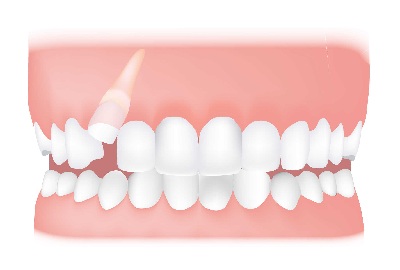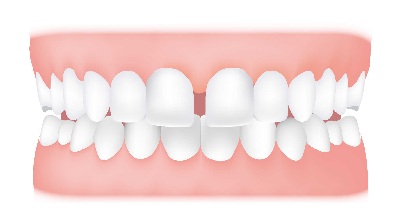Breast-Feeding and Malocclusions
Malocclusion is the official term for a misalignment of your teeth and bite. There are several different types of malocclusions.
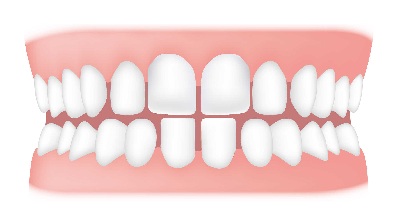
Spacing – Spacing can occur between two or more teeth. Some of the causes can include missing teeth, small teeth, tongue thrusting and thumb sucking.
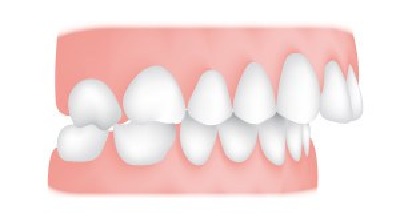
Overjet – An overjet is where your top teeth extend past your bottom teeth horizontally (not to be confused with an overbite). Protruding teeth can risk damage and cause problems with eating and speech.
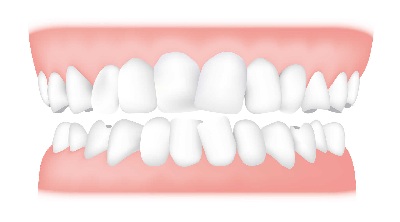
Overcrowding – Overcrowding is very common and it’s often caused by a lack of space, resulting in teeth that are crooked and overlap.
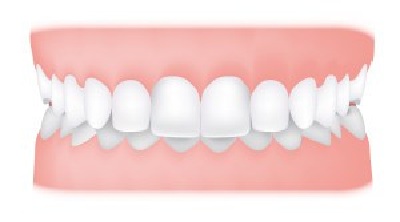
Overbite – While there should be some overlap of your lower front teeth, in some cases an increased overbite can cause your front teeth to bite down onto your gums.
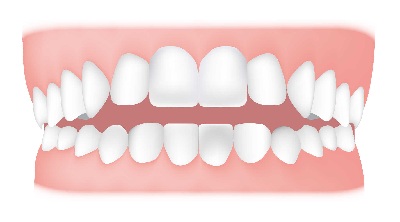
Open Bite – An open bite is where the front teeth don’t overlap the lower teeth. An open bite affecting the front teeth is known as an anterior open bite.
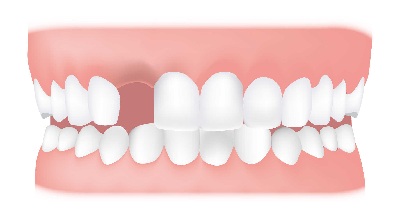
Missing Tooth – Missing teeth can occur as a result of teeth not developing properly or through trauma.
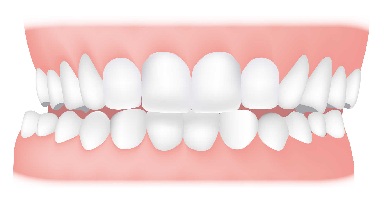
Crossbite – A crossbite is where your upper teeth bite inside your lower teeth. In can happen on one or both sides of your jaw and it can affect your front or back teeth.
Recently, a systematic review studied the relationships of breast feeding on malocclusions in young children. The aim of the review was to investigate whether breast-feeding decreases the risk of malocclusions in the primary dentition (or first set of teeth).
Researchers claim that optimal breast-feeding can decrease the risk of malocclusions in young children.
Optimal breastfeeding, which is exclusive (only milk and no other food or drink, including water) for the first 6 months of life, then continued breastfeeding alongside complementary feeding up to the age of 2 years or beyond, is actively encouraged.
The following specific questions were addressed in the review:
- What is the risk of developing different features of malocclusions in the primary dentition in those who have been breast-fed compared to those who have not been breast-fed?
- What is the risk of developing different features of malocclusions in the primary dentition in those who have been exclusively breast-fed compared to those who have not been exclusively breast-fed?
- What is the risk of developing different features of malocclusions in the primary dentition in those who have been breast-fed for a long duration compared to those who have been breast-fed for a short duration?
The studies focused on healthy participants with primary dentition and no history of orthodontic or surgical treatment. There were no restrictions on the participants’ age or sex. Studies with participants who had a cleft lip, cleft palate, or both, other craniofacial deformities, any syndrome, or a history of trauma to the jaw or face were excluded.
The authors found that children who had been breast-fed suboptimally (most commonly a combination of breast-fed and formula-fed) had an increased risk of developing malocclusions and that a strong and significant association existed between a shorter duration of breast-feeding (less than 12 months) and the development of an anterior open bite.
The authors suggest that dental health care professionals should continue to encourage and promote breast-feeding; however, patients should be aware that children still can develop malocclusions, despite having been optimally breast-fed.
http://jada.ada.org August 2017
Leave a reply →
